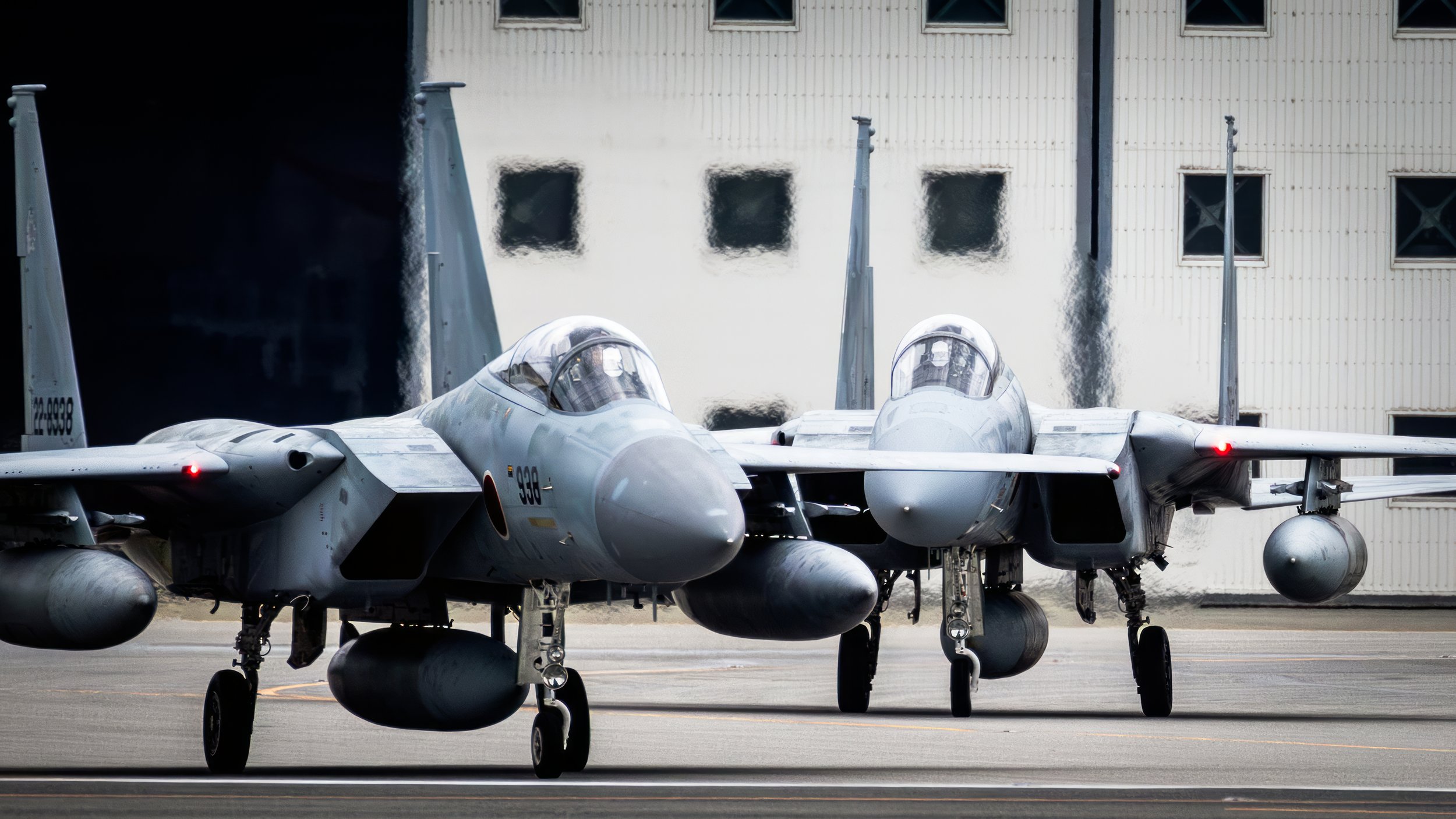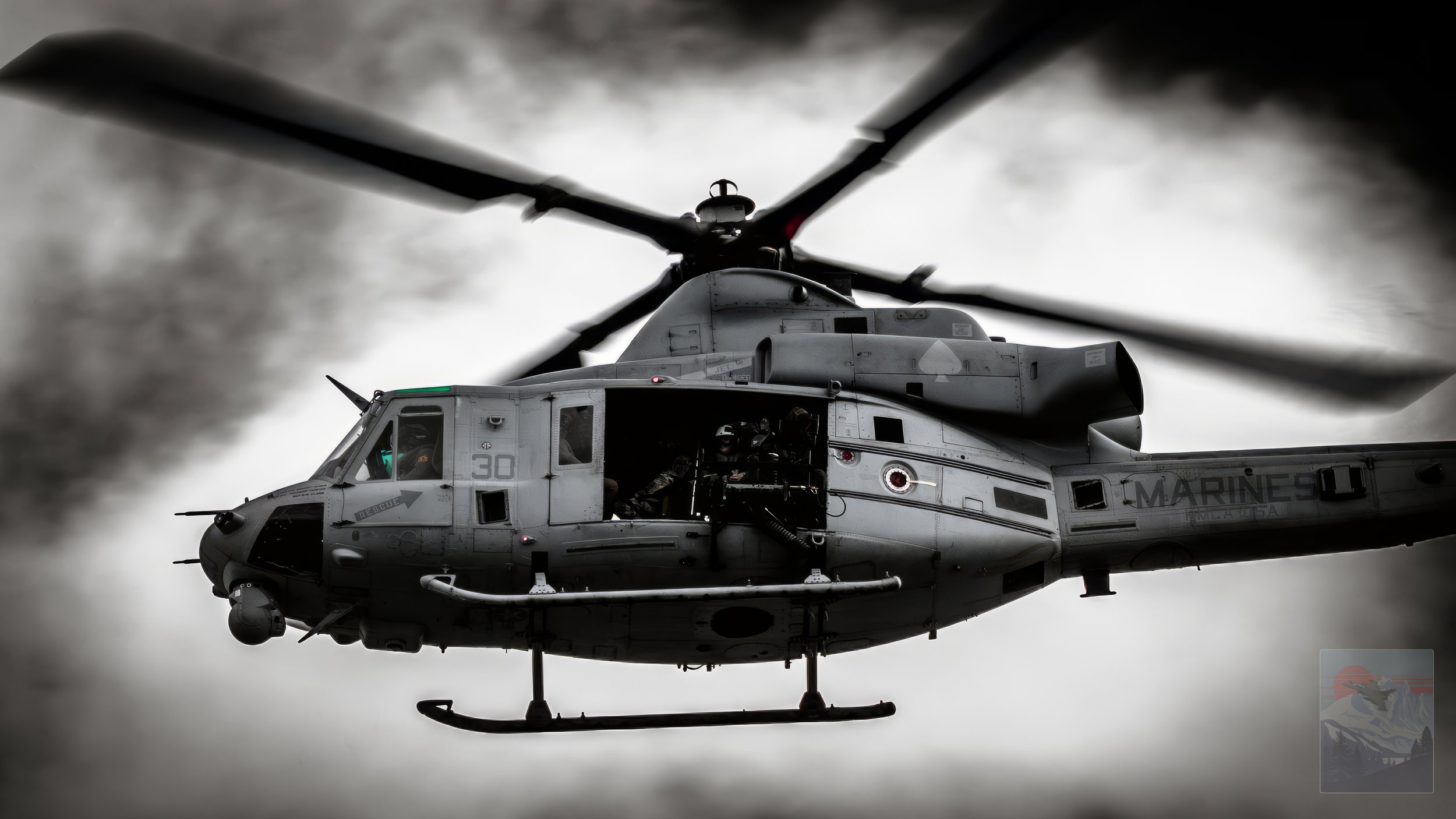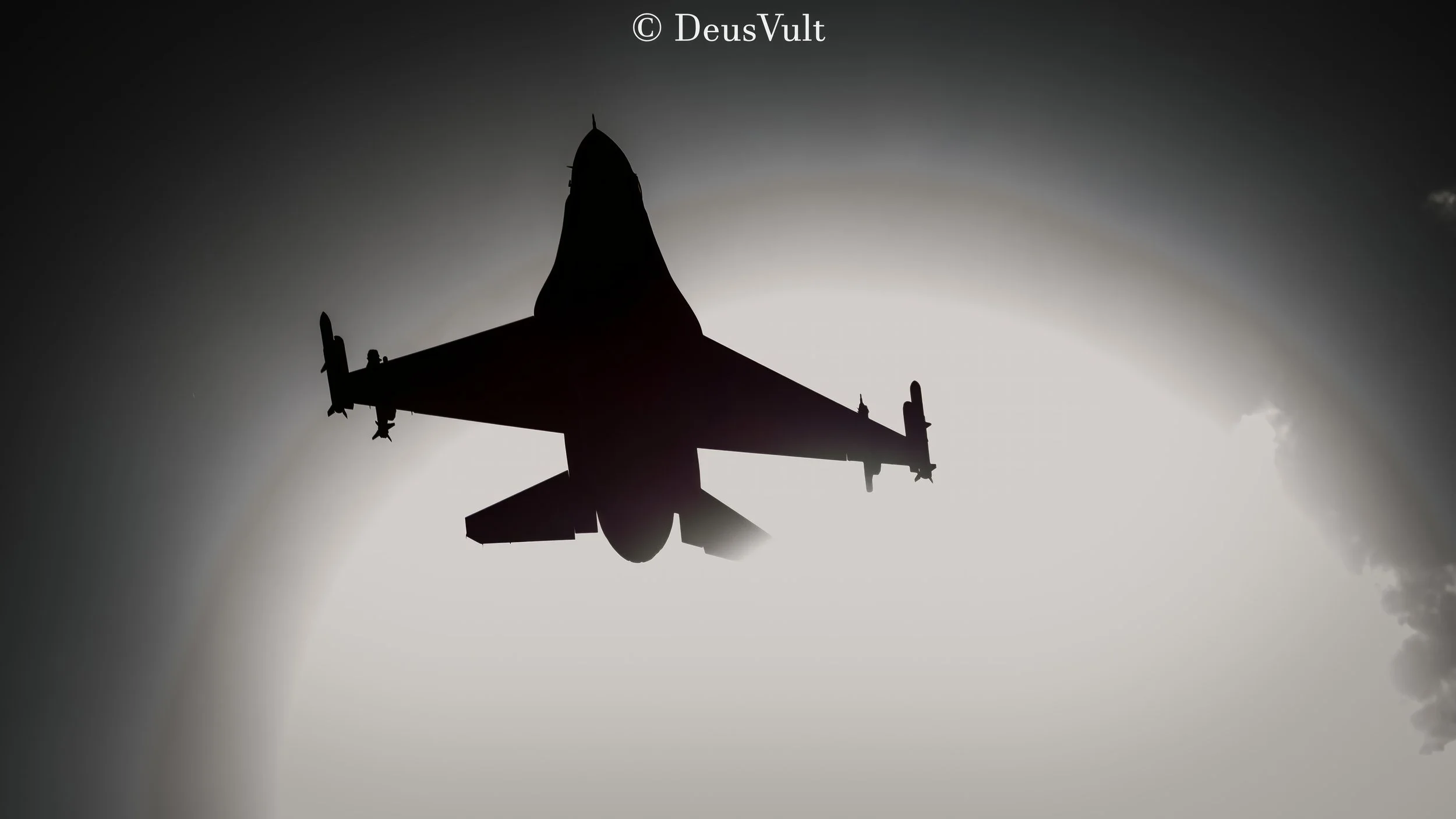KADENA / Air Base
« Kadena Air Base: Power, Precision, and Preparedness in the Pacific »
Kadena Air Base, located on the southern Japanese island of Okinawa, stands as one of the most strategically vital U.S. military installations in the Indo-Pacific region. Known as the "Keystone of the Pacific," Kadena serves as a forward-deployed hub for airpower projection, rapid response, and joint deterrence operations. Its runways, taxiways, and flightlines are not just infrastructure—they are the arteries of American military readiness in a region marked by growing geopolitical tension.
Satellite view of Kadena AB.
« A Diverse and Evolving Fleet »
Kadena hosts a broad spectrum of aircraft, reflecting its role in both air superiority and multi-domain warfare. The 18th Wing, the host unit, operates a mix of fighters, tankers, reconnaissance platforms, and support aircraft.
Recent "elephant walk" exercises—massive taxi formations demonstrating rapid force generation—have showcased this diversity. In a record-breaking display on May 6, 2025, Kadena assembled 53 aircraft and two Patriot missile batteries, including:
24 F-35A Lightning II stealth fighters
8 F-15E Strike Eagles and legacy F-15C/Ds
6 HH-60G Pave Hawks for combat search and rescue
2 MQ-9 Reaper drones for intelligence, surveillance, and reconnaissance (ISR)
KC-135 Stratotankers and MC-130J Commando IIs for aerial refueling and special operations
RC-135 Rivet Joint and E-3G Sentry AWACS for command, control, and electronic warfare
The U.S. Navy contributed EA-18G Growlers and a P-8 Poseidon, while the Army’s Patriot missile systems flanked the formation, highlighting joint interoperability.






« F-22 Squadrons at Kadena Air Base »
As of late 2024 and into early 2025, multiple F-22 Raptor squadrons have been deployed on a rotational basis to Kadena Air Base, Japan, replacing the retiring F-15C/D Eagles. These are expeditionary units from various U.S. bases, not permanently stationed at Kadena.



« The F-15EX and the Future of Airpower »
Kadena is transitioning to next-generation capabilities. The F-15EX Eagle II, the most advanced variant of the F-15, has arrived in Japan for the first time, participating in large-scale Pacific exercises. With cutting-edge avionics, expanded weapons capacity, and enhanced survivability, the F-15EX is expected to replace aging F-15C/D models.
A 2022 report by the U.S. Center for Strategic and Budgetary Assessments (CSBA) identified Kadena as one of the most vulnerable U.S. hubs due to its proximity to Chinese missile arsenals. In response, the Air Force is adopting Agile Combat Employment (ACE)—dispersing assets across multiple locations to reduce vulnerability.
Plans suggest that by 2030, Kadena could host at least 24 F-15EX fighters, alongside continued F-35A operations and expanded drone missions. The base is also set to receive MQ-9 Reaper drones permanently, shifting from temporary deployments at Kanoya Air Base.



F-15J of the 204th Fighter Squadron from the JASDF for illustration purposes.
« A History Forged in Crisis »
Kadena’s strategic importance is matched by its complex history. On November 19, 1968, a B-52D Stratofortress crashed during an aborted takeoff, detonating a 30,000-pound conventional bomb load. The explosion created a 30-foot-deep crater, damaged 139 homes, and led to the deaths of two crew members. The incident intensified local opposition to U.S. military presence and fueled demands for nuclear transparency, as Okinawans suspected (correctly) that nearby Chibana storage depot held nuclear warheads.
More recently, on June 9, 2025, an explosion at a munitions storage area injured four Japanese troops handling unexploded ordnance—highlighting the enduring legacy of wartime munitions on the island.
« Conclusion: The Keystone Endures »
Kadena Air Base remains a linchpin of U.S. defense strategy in the Indo-Pacific. From managing jet blast and FOD on the flightline to deploying fifth-generation fighters and practicing agile dispersal, Kadena exemplifies the precision, readiness, and adaptability required in modern airpower. As regional threats evolve, so too does Kadena—preparing not just to respond, but to dominate the skies of tomorrow.






